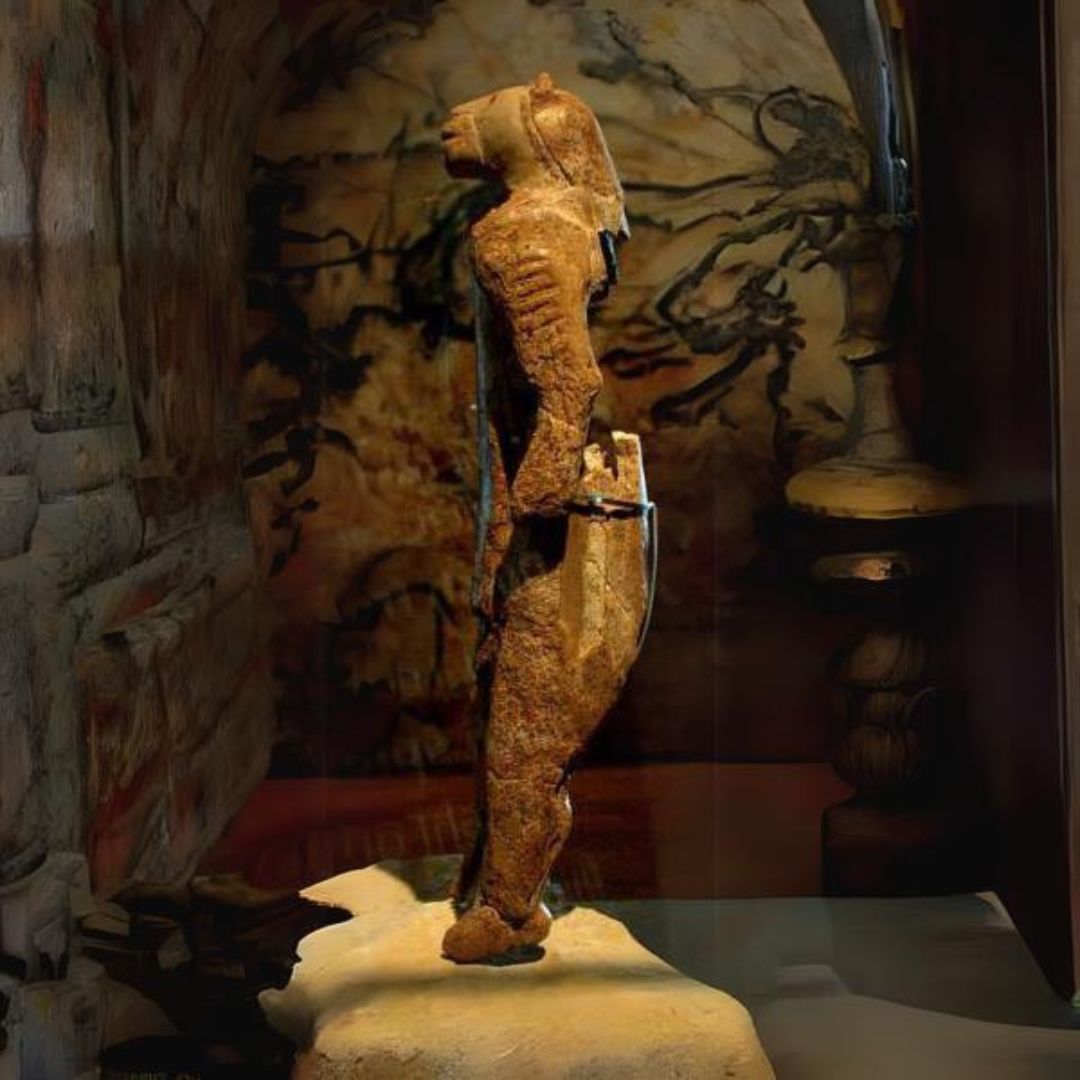The Löwenmensch figurine, also known as the Lion-man of Hohlenstein-Stadel, stands as a remarkable testament to the artistic and cultural expressions of prehistoric humans. Discovered in 1939 within the Hohlenstein-Stadel cave in Germany, part of the UNESCO World Heritage Site of the Caves and Ice Age Art in the Swabian Jura, this ivory sculpture has intrigued and puzzled historians, archaeologists, and the public alike.
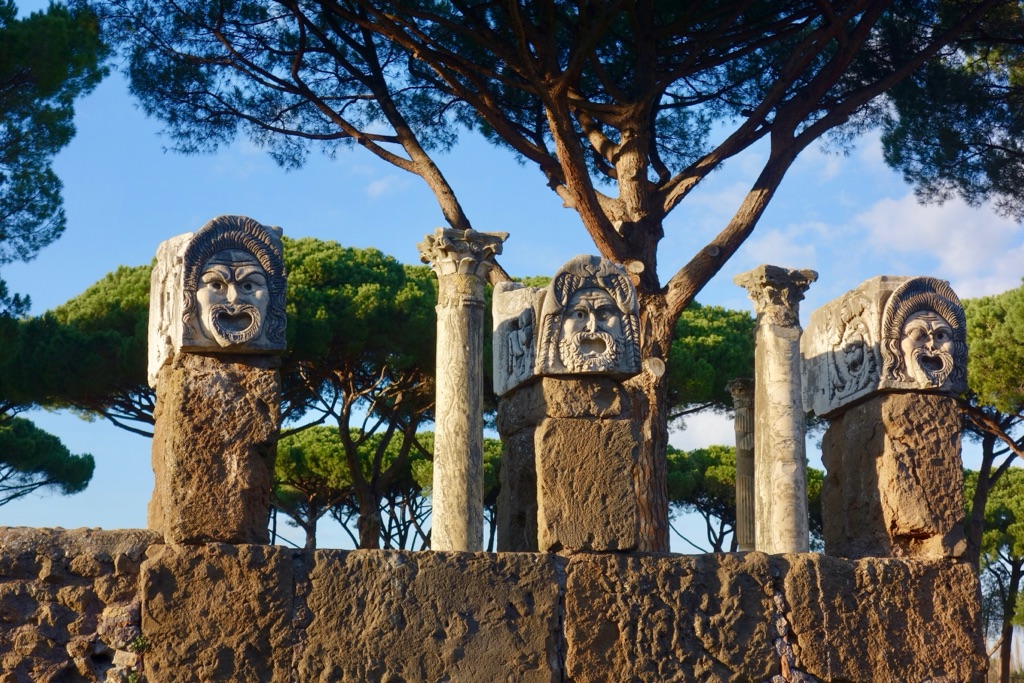
Ostia Antica
Ostia Antica, once the bustling port city of ancient Rome, now stands as a significant archaeological site, offering a window into Roman urban planning, architecture, and daily life. Located 25 km southwest of Rome, near the modern suburb of Ostia, this ancient city was strategically positioned at the mouth of the Tiber River. The site’s current distance of 3 km from the sea is a result of centuries of silting and sand invasion. The name “Ostia,” derived from the Latin “os,” meaning “mouth,” aptly describes its location and function.
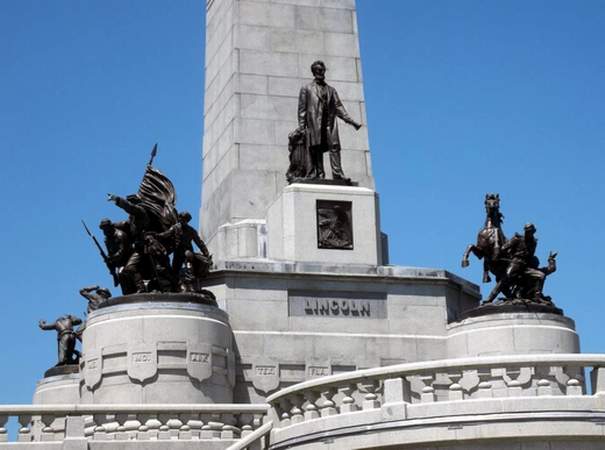
Lincoln Tomb
The Lincoln Tomb, located in Oak Ridge Cemetery in Springfield, Illinois, serves as the final resting place for Abraham Lincoln, the 16th President of the United States, his wife Mary Todd Lincoln, and three of their four sons: Edward, William, and Thomas. This historic site, owned and administered by the State of Illinois, stands as a testament to the legacy of one of America’s most revered leaders.
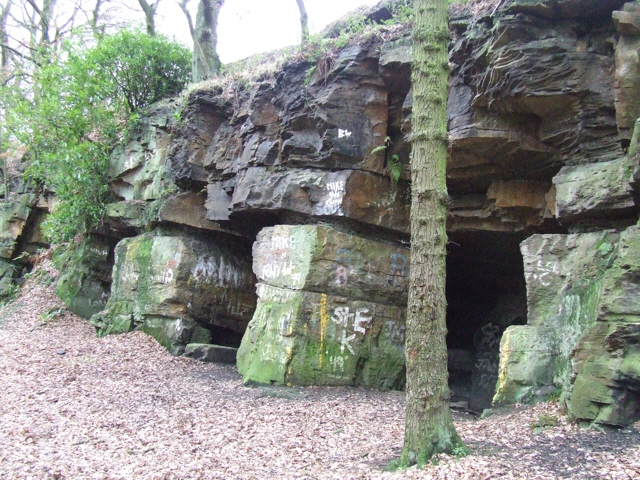
Crank Caverns
Crank Caverns, the colloquial name for the remnants of Rainford Delph Quarry located near Crank in St. Helens, Merseyside, England, presents a fascinating study of historical, archaeological, and cultural significance. This vast network of old tunnels and caverns, shrouded in mystery due to the scant information about its original owners or workers, offers a glimpse into the region’s past activities and the legends that have grown around them.
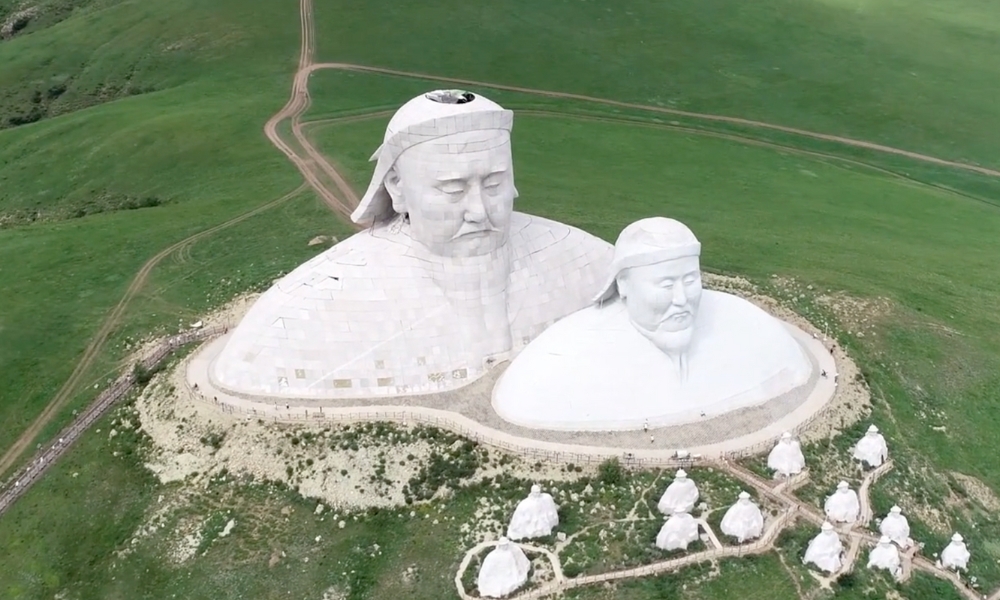
Khan Mountain (Holingol)
Khan Mountain, situated at the base of Guanyin Mountain in Huolin Gol City, stands as a testament to the grandeur and historical significance of the Mongol Empire. This site, spanning an area of 13,000 square meters, is not just a natural wonder but also a cultural heritage site that pays homage to two of the most influential figures in Mongolian and world history: Yuan Taizu Genghis Khan (1162-1227 AD) and Yuan Shizu Kublai Khan (1215-1294 AD).
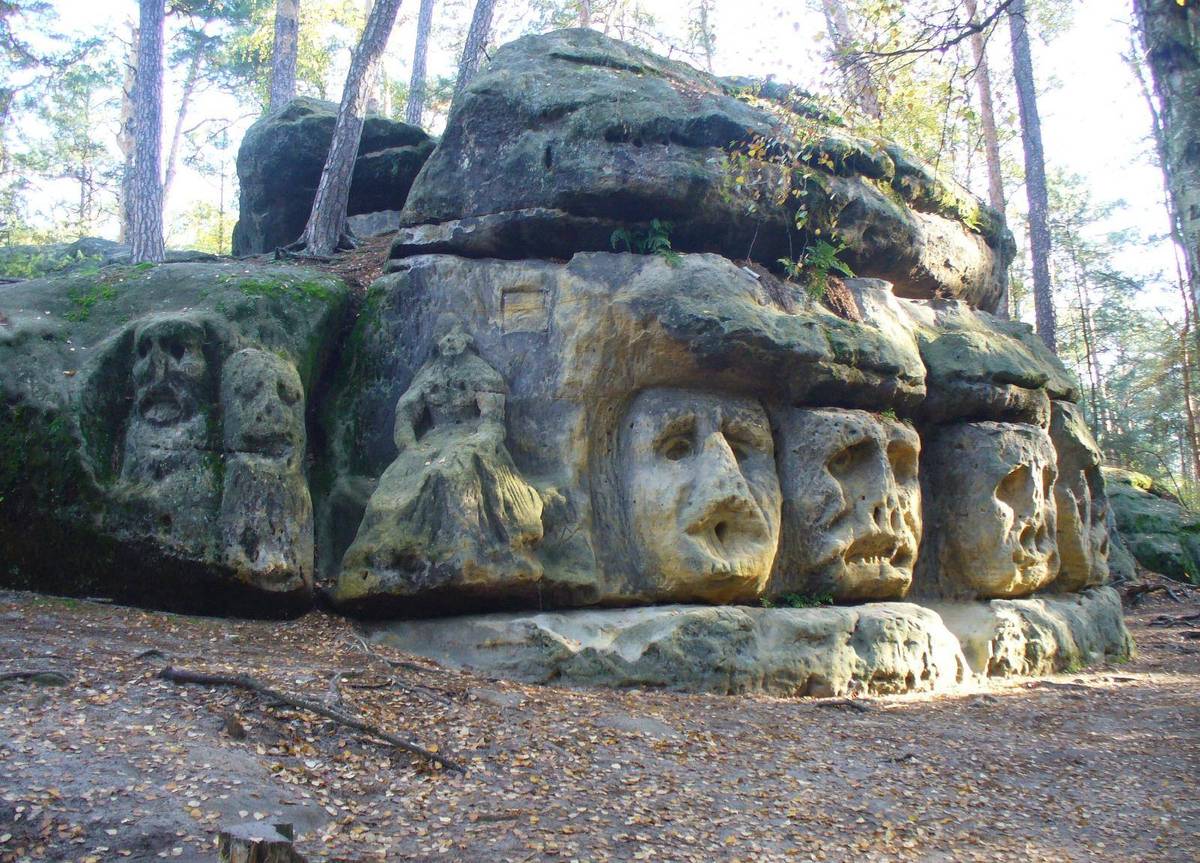
Harfenice Cave (Felsskulpturen Harfenspielerin)
The Harfenice Cave, along with its surrounding sandstone sculptures, stands as a testament to the creative genius of Václav Levý, a sculptor whose work has left an indelible mark on the landscape near Želízy and Liběchov. This blog post delves into the history and significance of these sculptures, particularly focusing on the Harfenice Cave, and situates Levý’s work within the broader context of 19th-century European sculpture.

